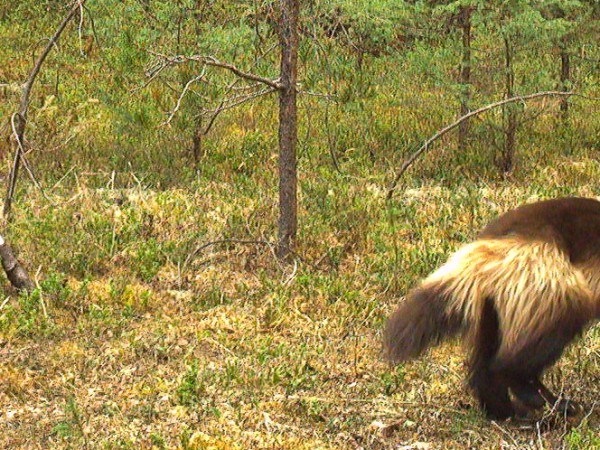
Wolverine Trapping Limit Lifted
March 20, 2025
Both a scavenger and a predator, the wolverine (Gulo gulo) is a member of the mustelid family that…

March 20, 2025
Both a scavenger and a predator, the wolverine (Gulo gulo) is a member of the mustelid family that…

December 6, 2024
The social relationship coyotes have with humans is unique and interesting, but so are the interactions that coyotes have with each other, especially when it comes to coyote families and kin recognition.
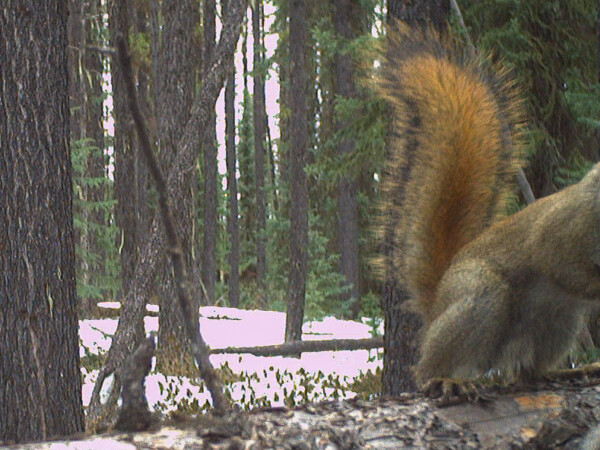
November 1, 2024
If you’ve taken a stroll through Edmonton’s river valley, you’ve likely heard the rapid, scolding chatter of a…
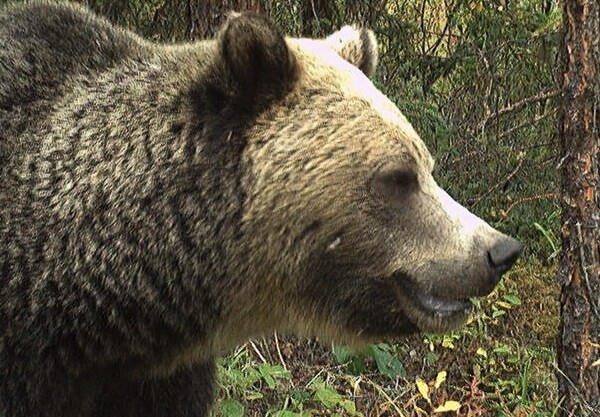
September 4, 2024
Grizzly bears (Ursus arctos) and black bears (Ursus americanus) are two species of bears found commonly around the north and west areas of Canada. They can sometimes be hard to tell apart.
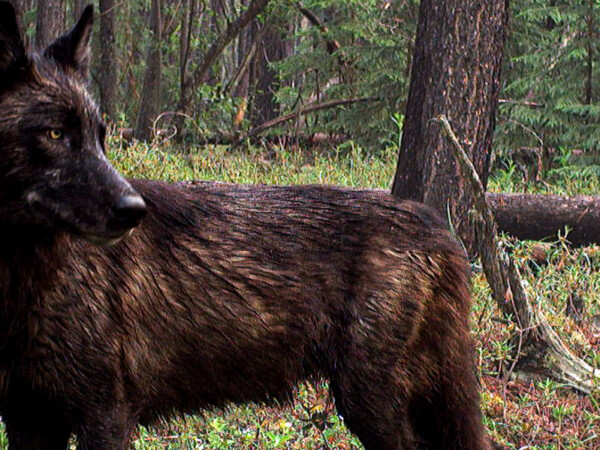
August 1, 2024
Although encountering a black wolf might seem a rare event, Alberta actually has a notably high number of them. In Alberta, 55% of wolves are black, compared to just 33%
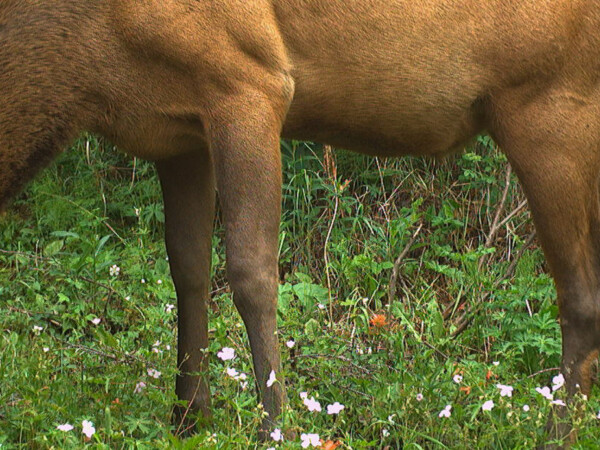
July 2, 2024
“Wapiti” and “elk” are two of the names bestowed upon Cervus canadensis, the second largest species in the…
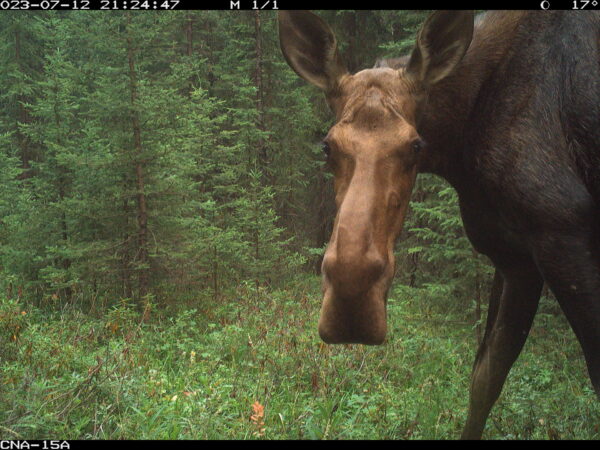
June 1, 2024
With a scientific name so nice you’ll want to say it twice, north American moose (Alces alces) are…
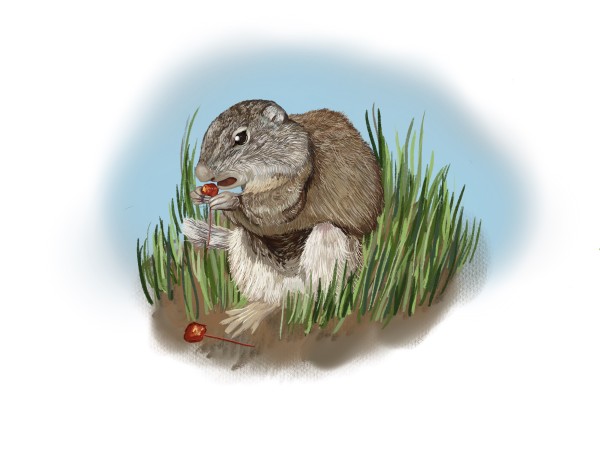
May 21, 2024
Researched, written, and illustrated by Bria Griffin, Junior Science Communicator Scurrying to and fro amidst the parkland ecosystems…
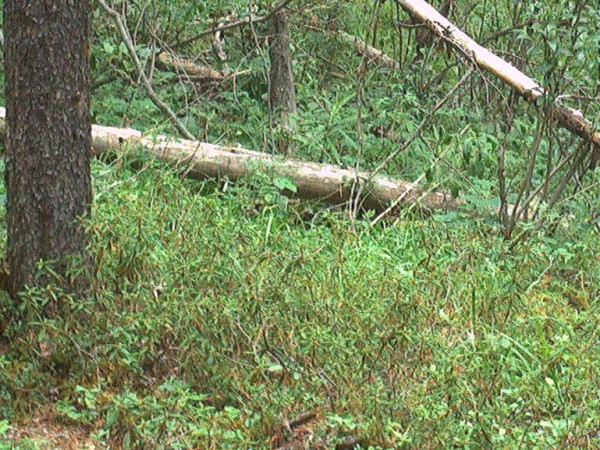
May 1, 2024
The stealthy killer. The elusive predator. The cat that can deliver a killing blow before even being seen….
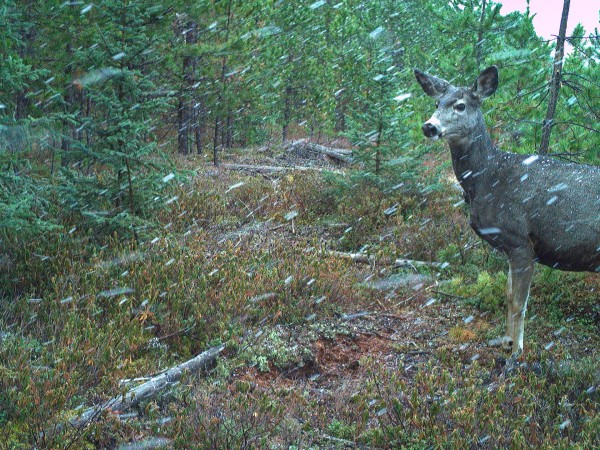
April 1, 2024
Mule deer take on winter by budgeting their energy — a meticulous balance of daily expenditure which allows them the best chance at survival over a long winter with very limited food.